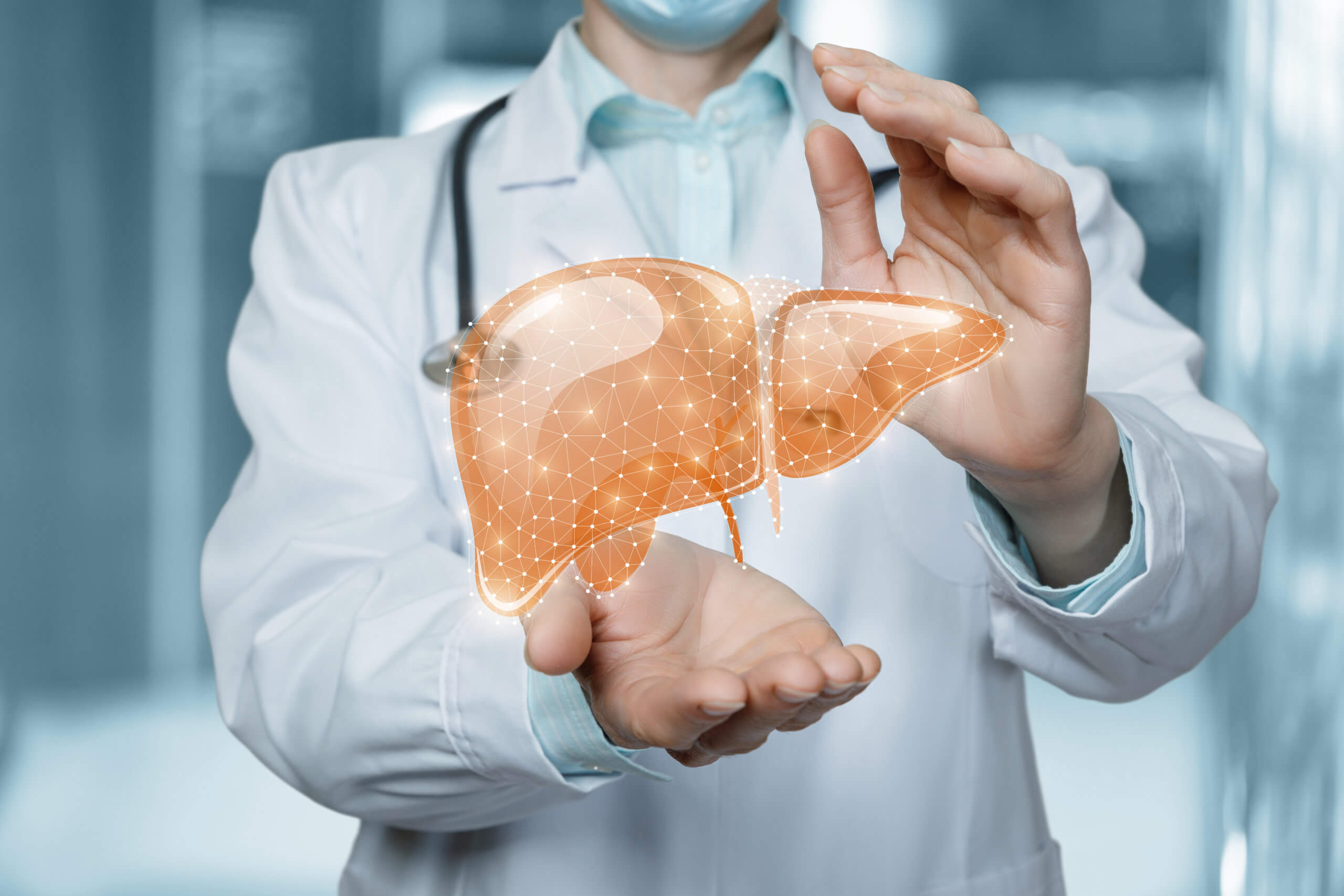Here’s another good reason to skip the soda and candy next time you head to the movies. Consuming too much high fructose corn syrup could lead to the development of non-alcoholic fatty liver disease (NAFLD), according to a new study by researchers with the Endocrine Society.
Although fructose is a natural sugar you’ll find in fruit, fruit juices, some vegetables, honey, and many healthy diets, it’s also an ingredient in high-fructose corn syrup. This mixes it with corn starch to create unhealthy products such as soda and candy.
Previous studies have already found that foods and beverages high in fructose can contribute to metabolic disorders like obesity and diabetes. Unfortunately, these two conditions are also two of the main causes of NAFLD.
1 in 4 people have NAFLD — whether they know it or not
Estimates show that 24 percent of the U.S. adult population has a chronic buildup of fat in the liver. Unlike other forms of the disease, this one doesn’t require a lifetime of drinking to affect the organ.
Without treatment and lifestyle changes, NAFLD can eventually cause liver damage and become fatal. Currently, there are no medications which can treat fatty liver disease, leaving weight loss, diet, and exercise as the main options for patients.
“NAFLD is a serious problem and it is increasing in the population. There is a racial/ethnic difference in the prevalence of the NAFLD. People consume high-fructose corn syrup in foods, soft drinks and other beverages. Some studies suggested that consumption of high-fructose corn syrup is related to the development of NAFLD,” says lead author Dr. Theodore Friedman, of Charles R. Drew University, in a media release.
Who is at the greatest risk from high fructose?
The new study examined 3,292 participants enrolled in the National Health and Nutrition Examination Survey from 2017 to 2018. Researchers found that nearly half (48%) of Mexican Americans and non-Hispanic Blacks (44%) were among those in the U.S. consuming the highest amounts of fructose. Just one in three non-Hispanic whites consumed high amounts of fructose.
In turn, researchers discovered that highest prevalence of NAFLD cases was among Mexican Americans consuming the largest amounts of fructose. In fact, doctors diagnosed seven in 10 Mexican American adults consuming high fructose regularly with a case of non-alcoholic fatty liver disease.
“We found that when adjusting for the demographics and behavioral factors (smoking, modest alcohol consumption, diet quality and physical activity), high fructose consumption was associated with a higher chance of NAFLD among the total population and Mexican Americans,” Friedman adds.
After adjusting their study to account for body composition and other lab variables, the team found that high fructose consumption increased the odds of developing NAFLD among Mexican Americans, whites, and the overall U.S. population.
“High fructose consumption in Mexican Americans contributed, in part, to the health disparity of NAFLD,” Friedman concludes.
The team presented their research at ENDO 2022, the Endocrine Society’s annual meeting.
